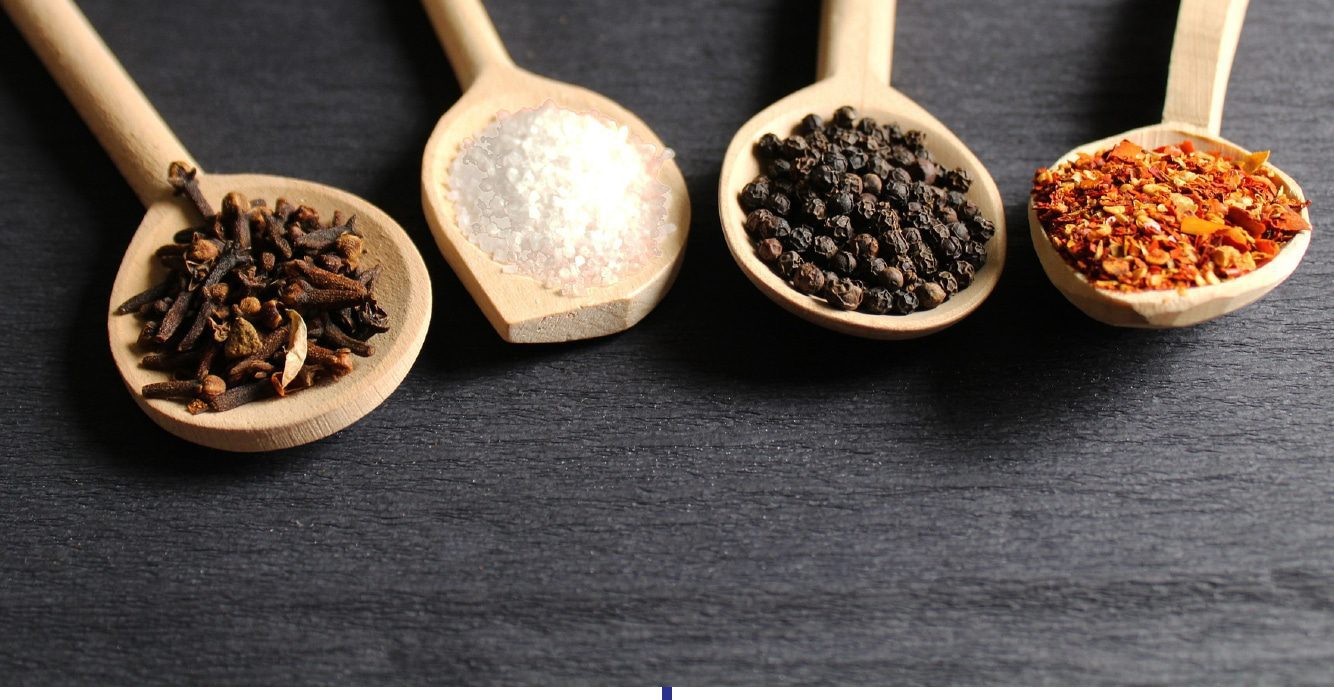Many are shocked to learn what paprika is actually made of and realize that, in retrospect, it’s actually… simply put. For starters, the clue is frequently on the container.

Short history on Paprika
It is customarily prepared from Capsicum annuum varieties in the Longum group, which also includes chili peppers, although the peppers used for paprika typically have milder flavors and thinner flesh. Paprika is a spice that is made from dried and crushed red peppers.
The word “paprika” also refers to peppers from the Grossum group and the plant and fruit from which the spice is made in several languages, but not English.
All types of capsicum are descended from wild forebears that were domesticated in Central Mexico in North America, where they have been grown for millennia.
When peppers were introduced to Spain in the 16th century, the peppers were subsequently introduced to the Old World. Many cuisines utilize the seasoning to enhance the color and flavor of many different sorts of foods.
Not-so-shocking truth
Many of us enjoy adding paprika to recipes to give them a little more zing. The bright red powder’s heat, smokiness, and sweetness can vary.
It truly is the kitchen’s everyman, sitting with equal assurance in a curry and beef stroganoff.
But what is it, exactly?
Several herbs and spices are called by the plant from which they are derived; for example, cinnamon is created from the inner bark of tree species belonging to the genus Cinnamomum, while cumin powder is made from dried cumin seeds.

There aren’t many hints there because paprika seeds, roots, or trees don’t exist.
Paprika’s name actually derives from the pepper used to make it—specifically, sweet red peppers.
The word is derived from the Hungarian “paprika,” which is a “diminution of Serbo-Croatian papar “pepper,” from Latin piper or Modern Greek piperi,” according Etymonline.com.
A “New World plant, imported into Eastern Europe by the Turks; known in Hungary by 1569” is added as the method of production.

One person recently acknowledged that they had only lately realized what the spice actually was, having simply assumed that “paprika trees” existed.
It was “very startling” to learn that paprika is simply dried and crushed red bell peppers, they tweeted.
I’m not sure why I believed there was a paprika tree somewhere, for example.
The tweet has received more than 15,000 retweets and 170,000 likes since it was posted at the end of January, indicating that it was not only their discovery.
Some remarked, “Like I could’ve swore there was a paprika plant,” while some were perplexed that others weren’t aware because it was “common knowledge.”
Another person sent a picture of a paprika packet with red peppers printed on the front, which they had never previously connected.

They said, “OMG, I just pulled this out that my mother sent to me in one of her weird packages.
Others shared similar food-related misconceptions, one of whom apologetically said: “You’re not as awful as me who didn’t realize guacamole is just avocados. That has always tasted familiar to me. SMH.”


